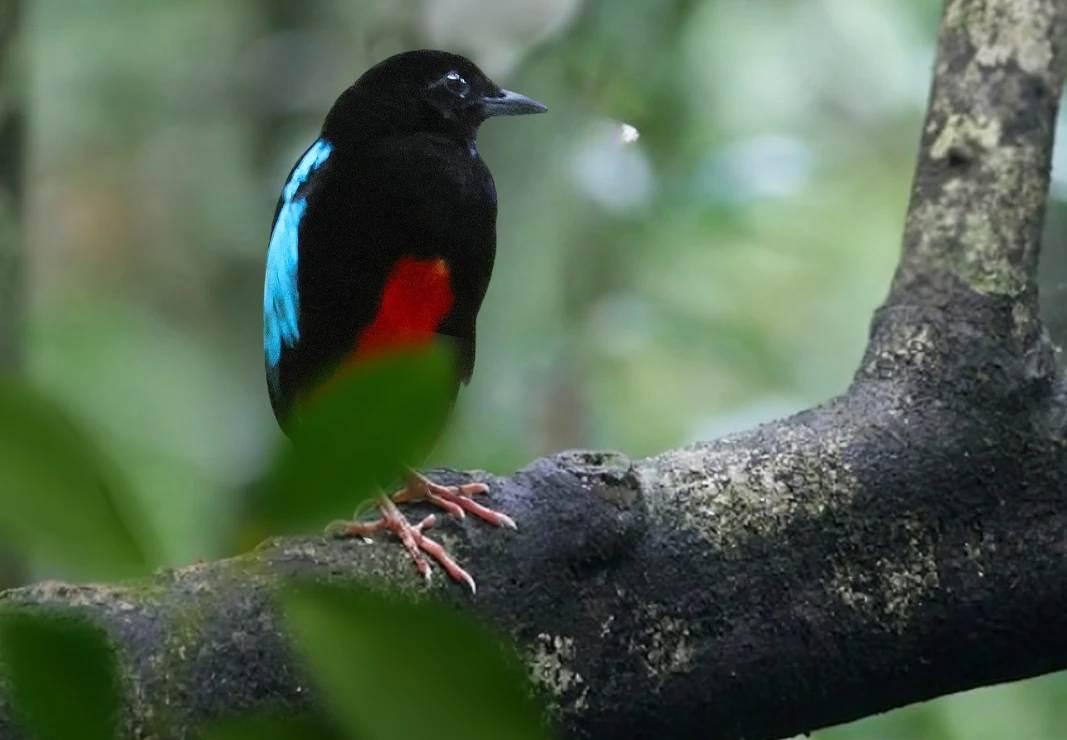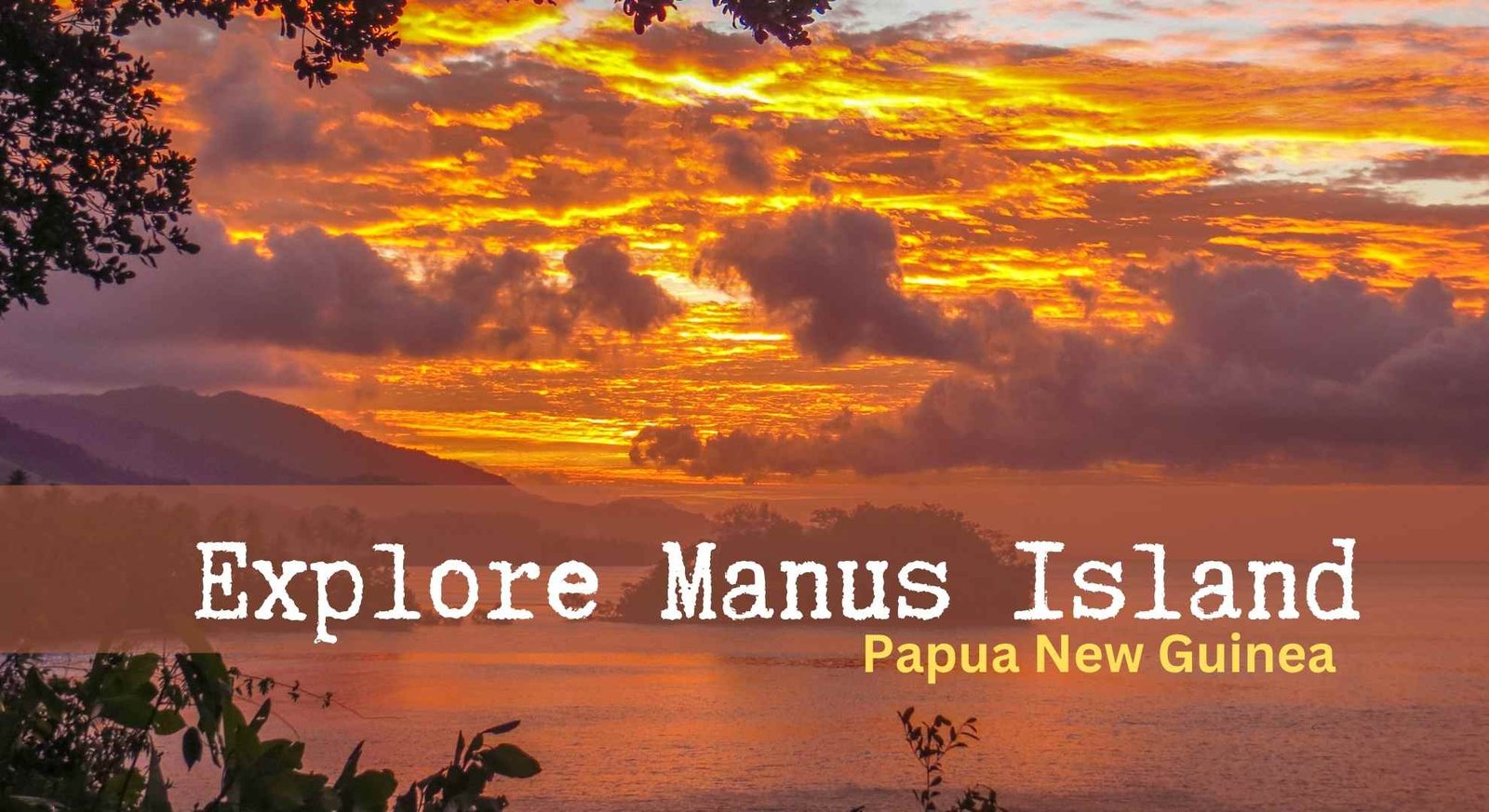In Quest for Wilson in West Papua
Home › In Quest for Wilson in West Papua
Where To Go To See Wilson’s Bird of Paradise?
When a group of bird photographers met for the first time at Sorong Airport a few days before arriving on Indonesia’s remote Waigeo Island, none of us knew quite what to expect from the expedition to the far reaches of the Raja Ampat Islands. Despite the fact that I had previously worked with Tony Palliser, the legendary Australian birder, in Papua New Guinea the previous year, the new team included participants from Germany and Korea, and I was meeting them for the first time. We had to take a four-hour speedboat ride through a rough sea to get to our destination, located in an uninhabited part of Waigeo Island. The first raindrops fell while we were still pitching the tent. The base camp was set beside a fast-flowing, crystal-clear river.
We stayed on the island for six days, went on several hikes whenever the rain eased, and shared countless birding tales while waiting for the skies to clear. It felt like living out a scene from an old travelogue—tropical, remote, and completely cut off from the world. There were no primates here, not even humans—until one night, a snake bit the lady who runs the expedition company. Fortunately, her husband, a Belgian biologist, identified it immediately as non-venomous and calmed us down with his explanation. Even so, he took her by speedboat in the middle of the night to a tribal settlement on a nearby island, just to be sure. We spent an anxious night, uncertain and quiet. By the time they returned the next afternoon, smiling—with nothing more than some swelling on her leg—camp morale was back to normal.
Waigeo Island is highly mountainous. Wilson’s Bird of Paradise, the island’s most iconic resident, holds his display court high up in the hills. Reaching it requires a strenuous one-and-a-half-hour climb through dense, slippery forest. Although human visits are rare, the bird is reliably punctual, arriving at his display site nearly twice a day—once in the early morning, and again in the late afternoon—either to meet females or rehearse his display. The display ground is surprisingly neat: a three-to-four-square-metre patch of earth, swept clean of leaves and even grass shoots. The male bird usually arrives early to tidy up the area, removing any fallen leaves or twigs with precision.
In 1996, for the BBC documentary Attenborough in Paradise, Sir David Attenborough captured the first filmed footage of Wilson’s Bird of Paradise. He cleverly dropped leaves onto the display ground, prompting the male to immediately clean them away—revealing the bird’s instinctive need for order during courtship. When a female appears, the male begins his display, hopping and gliding along low branches, flashing iridescent colours, and calling loudly in a rhythmic pattern.
Male Wilson’s Birds of Paradise are arguably the most visually striking in the family. Their head is bare and a rich shade of dark blue—something no other bird of paradise shares. Despite all the colour, they are relatively small, about 16 centimetres long. This species is endemic to West Papua and is not found in neighbouring Papua New Guinea.
How many different species of birds of paradise are there?
The bird-of-paradise family (Paradisaeidae) comprises 44 known species, most of which are found in New Guinea and nearby islands. Male birds are especially known for their elaborate plumage and complex mating dances, which are performed to impress potential partners. These birds favour dense, humid forests and feed primarily on fruits and insects.
Endemic Explorer has been organising birding tours across Indonesia since 2016, covering all key endemic zones from Sulawesi to West Papua. Our journeys are tailored for serious birdwatchers and photographers looking to encounter species like the Wilson’s Bird of Paradise in their natural habitat. To learn more about our tours, please visit www.endemicexplorer.com/indonesia.
Latest Post

Papua New Guinea Bird Photography Tour Report – 2024

Chasing the Super Pitta: A Journey to Manus Island

